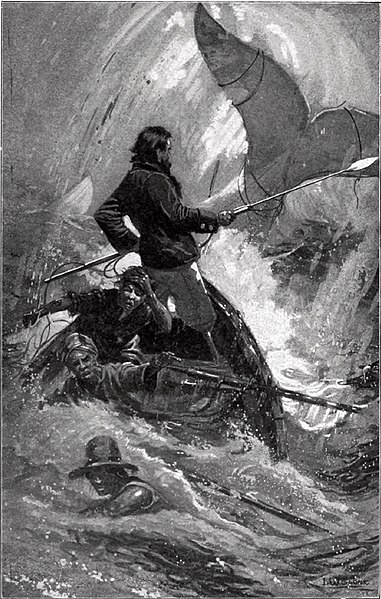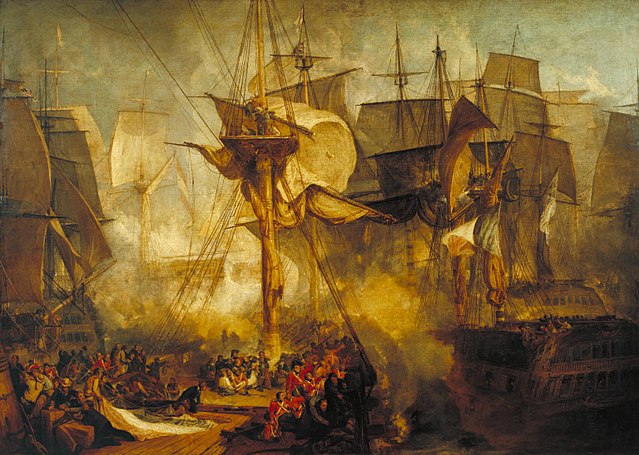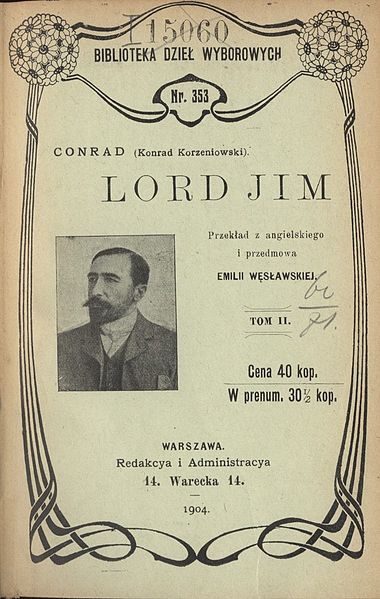Captain Frederick Marryat was a Royal Navy officer and a novelist. He is noted today as an early pioneer of nautical fiction, particularly for his semi-autobiographical novel Mr Midshipman Easy (1836). He is remembered also for his children's novel The Children of the New Forest (1847). In addition, he developed a widely used system of maritime flag signalling, known as Marryat's Code.
Portrait by John Simpson, 1826
Frederick Marryat's sketch of Napoleon's body on his deathbed
Nautical fiction, frequently also naval fiction, sea fiction, naval adventure fiction or maritime fiction, is a genre of literature with a setting on or near the sea, that focuses on the human relationship to the sea and sea voyages and highlights nautical culture in these environments. The settings of nautical fiction vary greatly, including merchant ships, liners, naval ships, fishing vessels, life boats, etc., along with sea ports and fishing villages. When describing nautical fiction, scholars most frequently refer to novels, novellas, and short stories, sometimes under the name of sea novels or sea stories. These works are sometimes adapted for the theatre, film and television.
An illustration from a 1902 printing of Moby-Dick, one of the renowned American sea novels
J. M. W. Turner, The Battle of Trafalgar (circa. 1806). Turner's seascapes reflect the Romantic movement's new attitude to the sea
The original cover of Cooper's The Pilot, printed in 1823.
The Polish cover to Joseph Conrad's 1904 novel Lord Jim






